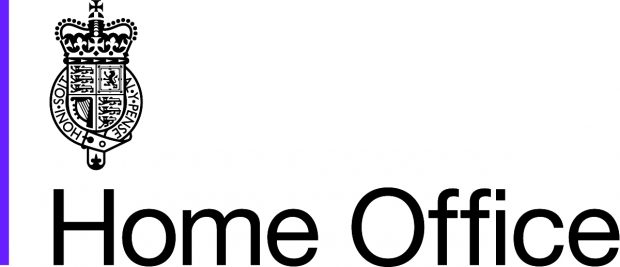Trained police officers can now be equipped with a more effective Taser following the approval of a new model by the Home Secretary. Taser 7 is more accurate, faster and compact than previous models – therefore better in its purpose of protecting the public and police. It will also reduce costs for forces by replacing disposable batteries with rechargeable ones.
Why has the Government chosen to make the Taser 7 available to all trained officers?
- The production of the X26 Taser model currently used by police started in 2003 and ceased in 2014
- The approval of the Taser 7 will ensure officers continue to have access to modern and effective devices going forward ensuring no gap in capability.
- Taser is an important tactical option for police, which ensures the safest possible means of resolving dangerous and often time-critical incidents.
- Use of Taser can prevent the need to use other types of force which could result in more serious injury. In a vast majority of cases (85%), Taser devices are not fired and situations are de-escalated, without discharging the device.
- As with any new device, any potential risks associated with use of the Taser 7 have been carefully considered and bespoke training will ensure that officers selected to carry the device are able to use it safely and effectively.
- Officers have to demonstrate 100% accuracy when handling the device in training before they can be authorised to carry the device.
Was the Taser 7 the only option?
- The Defence Science Technology Laboratory - which provides expert analysis and assurance on security and defence procurement - identified Taser 7 as the only device in production suitable for use in the UK beyond the current device.
- This followed a full market scoping exercise and involved rigorous technical testing and assessments followed by independent medical evaluation.
How does the Taser 7 differ from the X26?
- The Taser 7 has several features that differ from the X26, including improved effectiveness, response times and a rechargeable battery reducing costs and waste.
- Scientific analysis suggests Taser 7 is more effective than previous models, which could lead to more effective responses to serious or violent incidents on the front line and quicker resolution preventing the need to use other types of force which could result in more serious injury.
What training is in place?
- Only specially trained officers can use Tasers. Those who are already trained to use older models will require new training for the Taser 7.
- Training is comprehensive and officers must show an appreciation of the physical and psychological effects of the device.
- This includes training to consider the potential vulnerability of a person and factors such as age and stature when assessing every situation.
- Before any officer can pass training and be authorised to carry the device they must score 100% accuracy in assessments.
- All Taser trained officers must undergo annual refresher training in line with the most up to date training curriculum.
- Any use of force by the police must be lawful, proportionate and necessary in all circumstances.
- We are clear that nobody should be subject to force or different treatment based on their race or ethnicity.
- Home Office has published annual statistics on police use of force since 2018 bringing unprecedented transparency to this area of policing.
What is the authorisation process behind a device like the Taser 7?
- Devices such as Taser 7 are authorised for use by the police in England and Wales by the Home Secretary as set out in the 2020 Code of Practice for Less Lethal Weapons.
- Before any equipment is used by the police, the Defence Science Technology Laboratory are required to complete technical tests, evaluations and user handling trials.
- Medical assessments are also carried out by the independent Scientific Advisory Committee on the Medical Implications of Less Lethal weapons.
- These processes are in place because of the unique risks and societal implications that apply to the use of less lethal weapons, including the careful balance that needs to be struck between them being as effective as possible while also minimising risk.
- Training is tailored to mitigate any risks, helping to ensure that balance.
